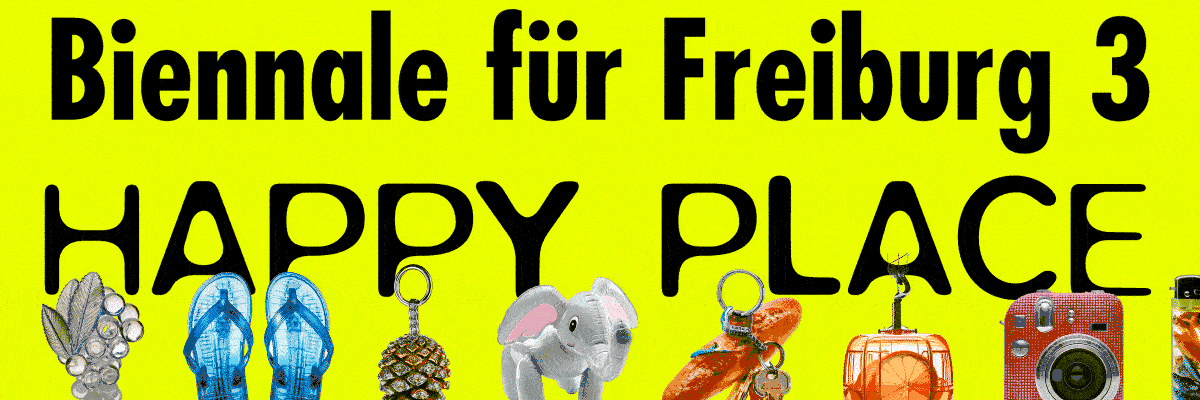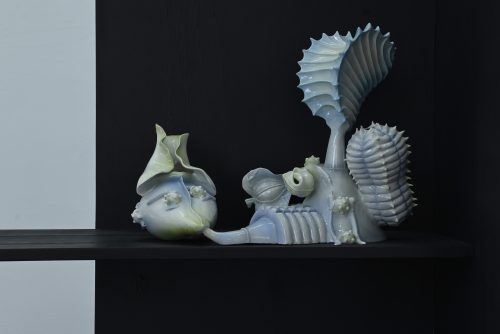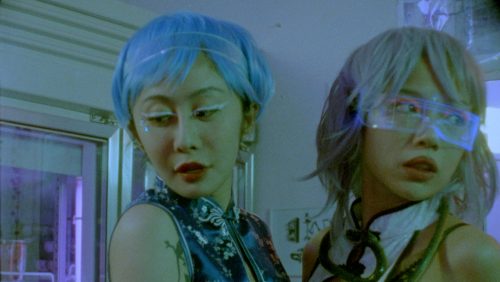
Lena-Elise Aicher
TINGED
Project Info
- 💙 Bernhard-Heiliger-Atelier, Kunsthaus Dahlem
- 🖤 Lena-Elise Aicher
- 💜 Maximilian Klawitter
- 💛 L.Z
Share on

TINGED, exhibition view, 2023
Advertisement

closet door left and right, 2023

TINGED, exhibition view, 2023

Carved Frame Nr.4 (penetrated with spirit), 2023

Causing Cozy Conditions, 2023

TINGED, exhibition view, 2023

TINGED, exhibition view, 2023

TINGED, exhibition view, 2023

Carved Frame Nr. 3 (Mittleres Fenster), 2021

Carved Frame Nr. 2 (Im großen Saal), 2021

Kieker (Holistic High), 2023

TINGED, exhibition view, 2023

Tinged by decades of soft use, 2023

Kupfer Kabinett (New Landmark), 2023

Kupfer Kabinett (New Landmark), 2023

Date of Fall, 2023

Date of Fall, 2023

Wie er vermutlich Äpfel schnitt, 2023

Wie er vermutlich Äpfel schnitt, 2023
DE
Objekte begrenzen den gegebenen Raum, wie dass sie diesen als Refugien (1) erweitern. Jeder
Objekt-Körper weist eine bestimmte Größe auf. Die jeweilige Form der Körper vermittelt und
markiert einen Übergang von der, als extern empfundenen Wirklichkeit zum psychischen,
sogenannten Innenleben. Es scheint daher nur sinnvoll, dass Gegenstände, gerade im
Verbund einer gestalteten Welt, imstande sind, beispielsweise zu Wohlbefinden oder
Depression beizutragen.
[13/03/23] Lena-Elise Aichers Arbeiten folgen einer ambivalenten Anziehung/Abstoßung des
Referenzmaterials und thematisieren das Phänomen der Adaption von bereits bestehenden
Formen selbst. Die bildhauerische Praxis, abseits der Erfindung einer eigenen Formsprache,
ist ebenso wichtig wie das hier zitierte Dornach Design (2) – als Träger einer ganzheitlichen
Weltanschauung (3). Das verwendete Material; Holz sowie die tatsächlich leitenden
Karbonfasern sind metaphorisch aufgeladen (ersteres geschnitzt, dem traditionellen Prozess
der Subtraktion von Material zugehörig, während letzteres abgeformt unter Verwendung, der
Technik der Galvanik (4); der Addition von Material unterliegt), während das Zitat der leeren
Rahmen, Sockel und Halterungen wörtlich zu verstehen ist.
In einem zeitgenössischen Kontext, in dem wir eine Explosion spiritueller Praktiken der
Achtsamkeit (und ihrer zweideutigen Zielsetzungen) als Reaktion auf die extremen
Anforderungen der kognitiven Arbeit und die Kommerzialisierung von Affekt und Emotion
erleben, sind die Träger – potenzieller Haltungen außerhalb der Autonomie der Ökonomie (5) –
Objekt(e) der Begierde.
[21/02/23] Während die bereits existierten Objekte, hier vorsätzlich ungenau zu Kunstwerken
kopiert, der Wirklichkeit entzogen wurden, sind die ihnen zuvor eingeschriebenen oder
beigemessenen/zugeschriebenen Inhalte einer Weltanschauung vielleicht ihr erstes Opfer
(oder umgekehrt?).
(1) Objekt/Gegenstand; a: [kleinerer, fester] Körper; nicht näher beschriebene Sache, Ding, b: dasjenige, worum es
in einem Gespräch, einer Abhandlung o. Ä. jeweils geht, was den jeweiligen gedanklichen Mittelpunkt bildet. c: auf
das Bestimmtes/Handeln/Denken, Fühlen gerichtet ist.
(2) Dornach Design; anthroposophisches Interieur – Architekten, Bildhauer, Maler und Schreiner die die stilbildenden
Impulse Rudolf Steiners in eine individuelle Formensprache übersetzen, R.J. Fäth
(3) Anthroposophie; wird eine von R. Steiner (1861, Donji Kraljevec – 1925, Dornach) begründete, weltweit
vertretene spirituelle und esoterische Weltanschauung sowie der zugehörige Ausbildungs- u. Erkenntnisweg
bezeichnet. (…) eine Anwendung des Evolutionsgedankens auf die spirituelle Entwicklung.
(4) Galvanik; bei der Galvanik wird elektrischer Strom (Gleichstrom) durch ein elektrolytisches Bad geleitet. (…) im
elektrolytischen Bad gelösten Metallionen lagern sich durch Reduktion auf einem Werkstück ab, das mit dem
Minuspol elektrisch verbunden ist und so als Kathode dient.
(5) Autonomie der Ökonomie; bezeichnet die übergeordnete
ENG
Objects (1) delimit the given space and extend it as shelters. Each object-body has a specific
size. The respective form of the body mediates and marks a transition from the reality
perceived as external to the psychic, so-called inner life. It therefore seems only reasonable to
suggest that objects, especially in the context of a designed world are capable of contributing
to feelings of well-being or depression.
[13/03/23] Lena-Elise Aicher's works follow an ambivalent attraction/rejection of reference
material and address the readaptation of pre-existing forms. The sculptural practice, explicitly
apart from the invention of its own formal language, is just as important as the Dornach
Design (2) cited here – as a carrier of a holistic world view (3). Wood and the actual conductive
carbon fibers are metaphorically charged (one carved, belonging to the traditional process of
material subtraction, the other formed by the technique of electroplating (4); an addition of
material), while the citation of empty frames, pedestals, and supports is to be understood
literally.
As we are witnessing an explosion of spiritual practices of mindfulness (and their ambiguous
purposes) in response to the extreme demands of cognitive labor and the commodification of
affect and emotion, the carriers/supports - of potential postures outside to the autonomy of the
economy (5) - are the object(s) of desire.
[21/02/23] While the already existing objects, here intentionally inaccurately copied into works
of art, have been withdrawn from reality, the contents of a world view previously inscribed or
attributed/ascribed to them may be their first sacrifice (or vice versa?).
(1) Object/Gegenstand; a: [smaller, solid] body; thing not further described, object, b: the subject of a conversation,
treatise, or similar; that which forms the respective mental center. c: that which is the focus of a particular action/
thought/feeling.
(2) Dornach Design; anthroposophical design; architects, sculptors, painters and carpenters translate Rudolf
Steiner's style-forming impulses into an individual language of form.
(3) Anthroposophy; is a spiritual and esoteric world view founded by R. Steiner (1861, Donji Kraljevec – 1925,
Dornach) and represented worldwide, as well as the associated training and cognitive path. (...) an application of
evolutionary thought to spiritual development.
(4) Electroplating; in electroplating, electric power (direct current) is passed through an electrolytic bath. (...) metal
ions dissolved in the electrolytic bath are deposited by reduction on a workpiece which is electrically connected
to the negative pole and thus serves as a cathode.
(5) Autonomy of the economy; refers to the superior position/self-legislation of a global economic and commodity
system.
Maximilian Klawitter




